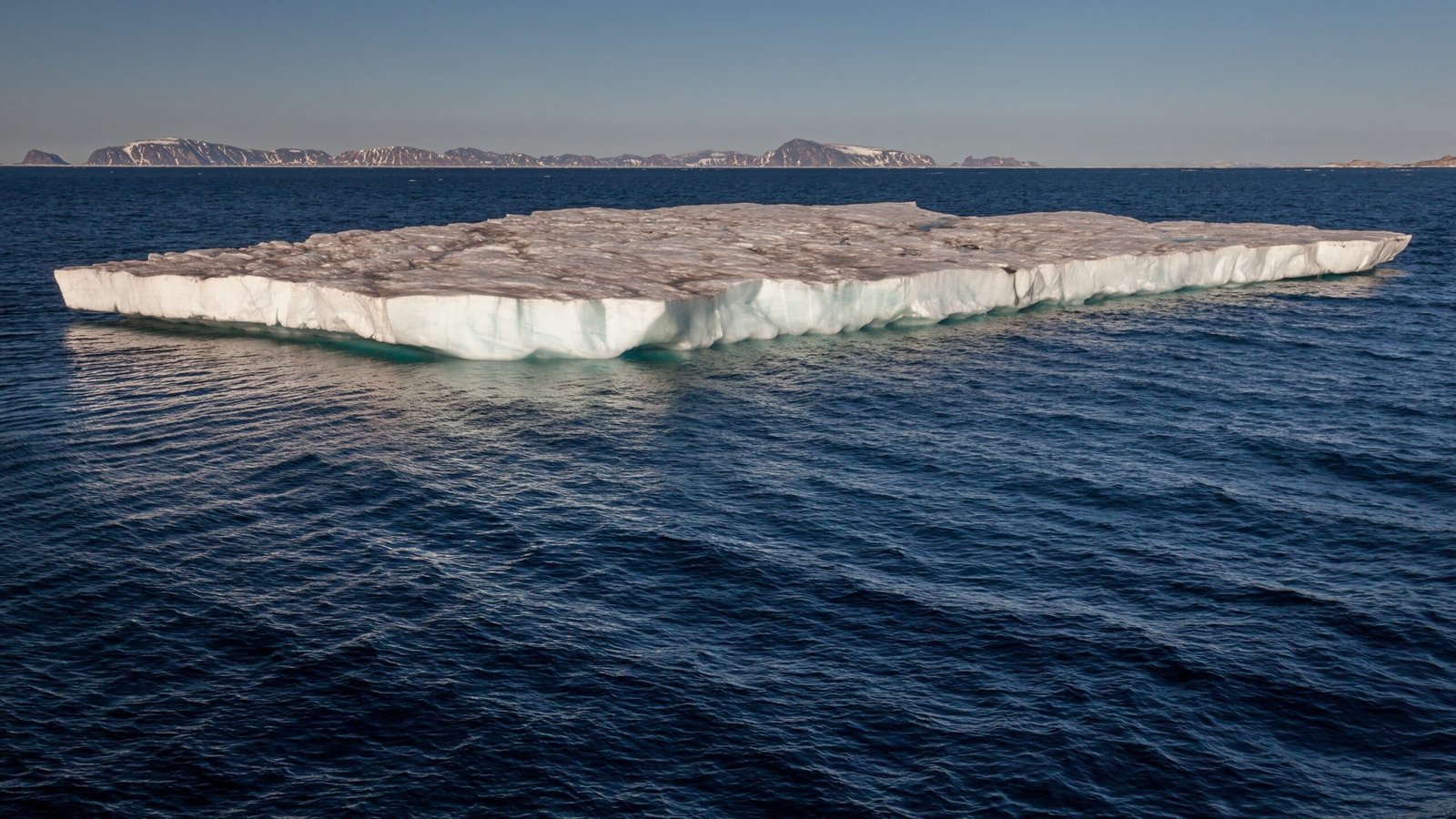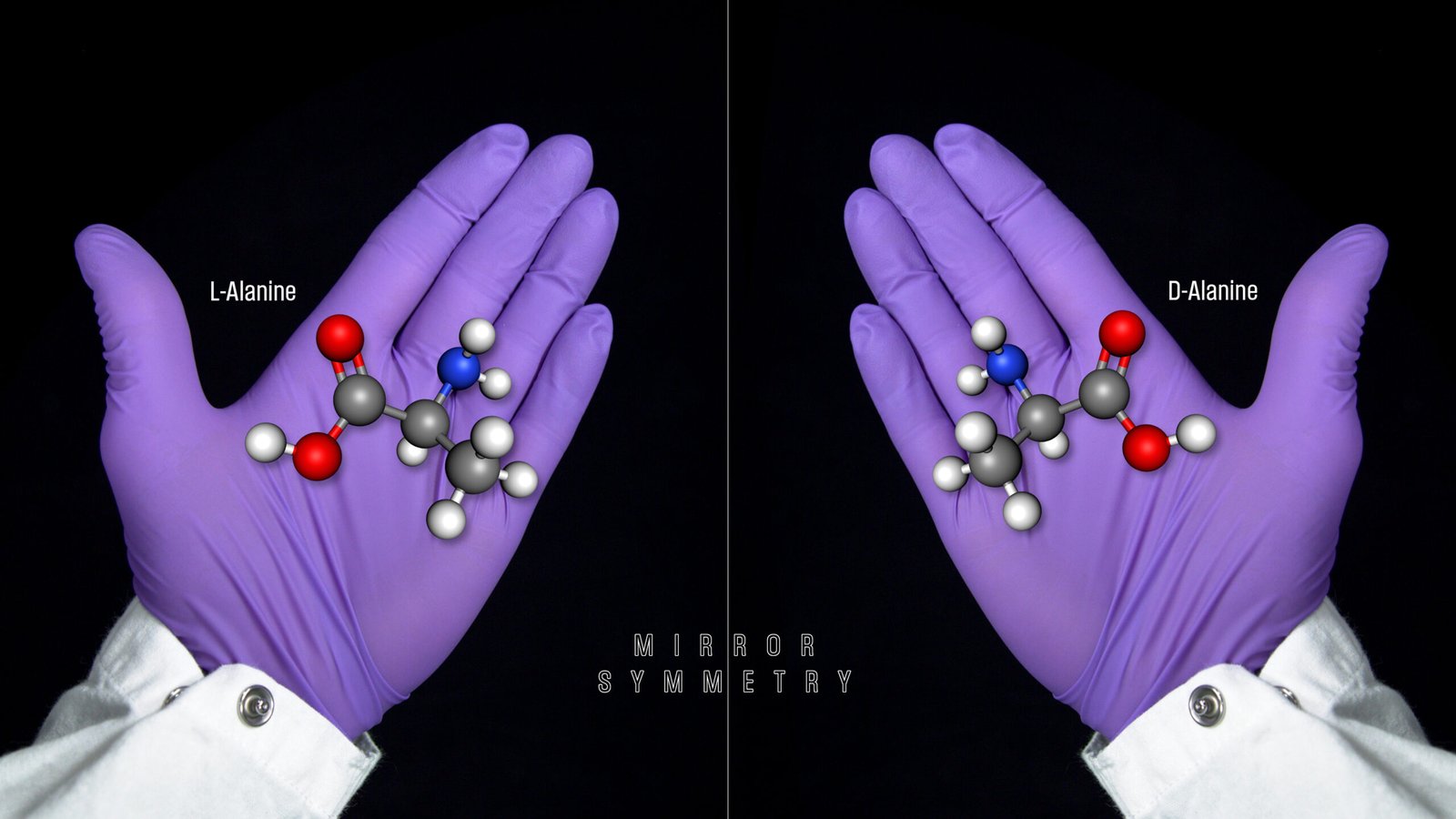Something extraordinary might be happening on a moon millions of miles from Earth. Imagine a world where sunlight never reaches the surface, where icy shells blanket hidden oceans, yet the possibility of life still flickers in the darkness. Europa, one of Jupiter’s largest moons, has captivated scientists for decades with the tantalizing idea that it could harbor life beneath its frozen crust. Now, new discoveries from Earth’s own deep oceans are offering astonishing clues, pushing the boundaries of what we thought possible and making the case for life on Europa more compelling than ever.
The Mysterious World Beneath Europa’s Ice

Europa isn’t just another icy rock floating in space. Beneath its crust, miles of unbroken ice conceal a vast, salty ocean—possibly twice the volume of all Earth’s oceans combined. This hidden sea is kept liquid not by the Sun, but by the tidal forces of Jupiter, which stretch and squeeze Europa’s core, generating enough heat to prevent the water from freezing solid. For years, this environment seemed too alien for life, but as we’ve learned more about the extremes that life on Earth can endure, Europa’s ocean looks less like an impossibility and more like a potential cradle for unique forms of life.
Earth’s Deep Oceans: A Blueprint for Possibility

The darkest depths of Earth’s oceans are not barren wastelands, but bustling ecosystems thriving without sunlight. Hydrothermal vents on the ocean floor spew scalding water rich in minerals and chemicals, providing energy for strange and resilient organisms. These creatures, from giant tube worms to bioluminescent shrimp, survive in complete darkness, drawing sustenance from chemistry rather than sunlight. If life can flourish here, shielded from the sky by miles of water, it’s not a wild leap to imagine similar life forms evolving beneath Europa’s icy shell.
Hydrothermal Vents: The Heartbeat of Abyssal Life

Deep-sea hydrothermal vents are like underwater volcanoes, constantly churning out heat and minerals. These vents create oases of life on the otherwise desolate seafloor. Microbes at these vents use a process called chemosynthesis, turning minerals into energy—a stunning alternative to photosynthesis. Tube worms, clams, and crabs gather in dense colonies, completely cut off from sunlight. The existence of such thriving ecosystems on Earth’s ocean floor makes scientists wonder if similar vents could be present on Europa, providing both energy and nutrients for alien life.
Europa’s Tantalizing Plumes: Evidence of Activity

Europa occasionally shoots massive plumes of water vapor into space, like geysers erupting through cracks in its icy crust. These plumes are more than just a spectacle—they offer a direct link between Europa’s ocean and the vacuum of space. Scientists believe these plumes could carry materials from the ocean below, possibly including organic molecules or even simple microbes. If true, analyzing these plumes could provide concrete evidence of life without ever having to drill through the ice.
Life Without Sunlight: Earth’s Lessons

On Earth, most life relies on the Sun, but not all. In pitch-black caves and deep ocean trenches, organisms survive on chemical energy, thriving far from any light source. This realization shattered previous ideas that sunlight was a universal requirement for life. Today, biologists study these “extremophiles” to understand how life could persist on worlds like Europa, where sunlight never penetrates the thick ice.
The Chemistry of Survival: Salt, Water, and Energy
For life as we know it, water is essential. Europa’s subsurface ocean is believed to be salty, much like Earth’s seas. Salt lowers water’s freezing point, making it easier for liquid oceans to exist beneath thick ice. Additionally, the energy from tidal heating and possible hydrothermal activity could drive the chemical reactions needed for simple life forms. On Earth, similar environments support entire ecosystems based only on water, salt, and a reliable energy source.
Organic Molecules: The Building Blocks of Life

The search for life often focuses on organic molecules—compounds containing carbon that form the backbone of biology. Recent missions have hinted at the presence of these molecules on icy moons like Europa. On Earth, organic molecules are everywhere, from the deepest ocean trench to the driest desert. If Europa’s plumes or ocean contain even simple organics, it would be a game-changer, showing that the ingredients for life are present far beyond our home planet.
Europa’s Surface: Cracks, Ridges, and Clues
Europa’s frozen surface is a chaotic jumble of cracks, ridges, and shattered ice plates, hinting at dynamic processes below. These features suggest the ocean isn’t static but interacts with the ice, sometimes breaking through to the surface. This activity could allow nutrients and energy from the ocean to reach the surface, and vice versa, supporting the possibility of a living ecosystem cycling between the depths and the crust.
Upcoming Missions: Eyes on Europa

NASA’s Europa Clipper mission, scheduled for launch in the coming years, will fly by Europa dozens of times, using powerful instruments to scan the moon’s surface and analyze its plumes. The hope is to detect signs of habitability—or even biosignatures—without landing. These missions could revolutionize our understanding, turning speculation into real scientific discovery. Every new image and every data point brings us closer to answering the age-old question: Are we alone?
The Emotional Impact of Discovering Life Beyond Earth

Just imagine the awe and wonder that would sweep across the world if signs of life were found on Europa. Such a discovery would fundamentally alter our understanding of life’s place in the universe. It would mean that life is not a cosmic fluke, but perhaps a common thread woven through the fabric of the cosmos. The idea that tiny organisms could be swimming in Europa’s hidden ocean challenges our imagination and fills us with hope and curiosity.
What Earth’s Deep Oceans Reveal About Our Search
Earth’s deep oceans are a living laboratory, showing us that life finds a way even in the harshest conditions. By studying these extreme environments, scientists gain insights into how life might survive elsewhere. The resilience and adaptability of Earth’s deep-sea creatures provide a powerful analogy for what might be possible on Europa. Each discovery beneath our own waves lights a beacon for the search in distant, icy oceans.
A New Perspective on Our Place in the Universe

The search for life on Europa isn’t just about science—it’s about perspective. It challenges us to look beyond our blue planet, to ask big questions about existence, connection, and possibility. If life can thrive in the darkness beneath Europa’s ice, then maybe, just maybe, our universe is alive with possibilities we’ve only begun to imagine. What secrets might be waiting for us beneath those alien waves?




